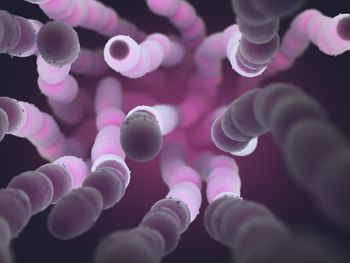
The challenges of making formulary and clinical decisions based on regulatory studies are significant and the need for real-world clinical experience is increasingly important.

The challenges of making formulary and clinical decisions based on regulatory studies are significant and the need for real-world clinical experience is increasingly important.

In testing, fingolimod blocked cell-free and cell-to-cell transmission of HIV, reducing latent virus.

The American College of Physicians says it no longer plans to update its rapid, living practice points because it doesn’t believe new evidence will support the use of the antiviral medications in the fight against COVID-19.
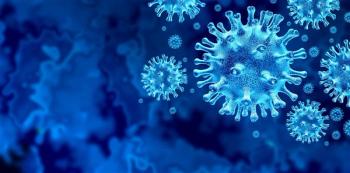
Not all COVID-19 test results are accurate, according to scientists. Because false negatives can result in infectious individuals mingling with others, some researchers advocate multiple tests in order to catch cases that have slipped through the cracks.

The pharmaceutical company has over 25% more US doses due to the increased anticipation of higher demand because of COVID-19.

Two Boston physicians using Interleukin-6 inhibitors report a reduction in intubation and mortality rates.

A committee of experts convened by the National Academies of Sciences, Engineering, and Medicine recently offered recommendations for local school districts to guide decisions about school reopening during the pandemic.

Walter A. Orenstein, MD, answers audience questions collected during our Vaccine Race webinar.

A new survey shows parents’ fears of getting kids to their providers for fear of contracting the virus.

US government has purchased this batch of vaccines, which Moderna will manufacture concurrently with its phase 3 trials.

A look at the processes and clinical practices at place to assure candidate safety during the COVID-19 vaccine race.

How can we bridge the divide between the public and public health? Raj Bhopal argues for a strong but supportive pandemic response.
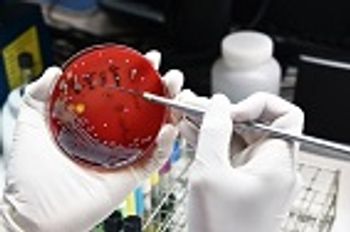
The pharmaceutical industry plays an essential role in advancing antimicrobial stewardship and addressing the growing threat of resistant pathogens.

David Ho, MD, likens and contrasts the pandemic to 3 other viral outbreaks and their respective responses.
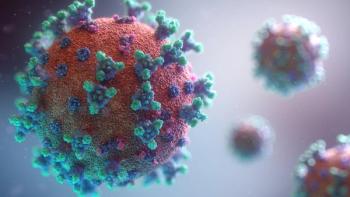
The modified adenovirus-strain candidate did not reach phase 3 assessment, and was criticized by the WHO for being rushed through assessment.

A backlog in testing in the US can severely impact the ability to perform contact tracing.
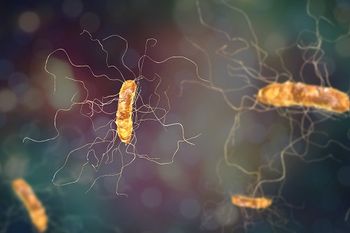
Administration of the investigational oral microbiome therapeutic SER-109 resulted in a statistically significant decrease in the proportion of patients who had C diff recurrence within 8 weeks of administration versus placebo.
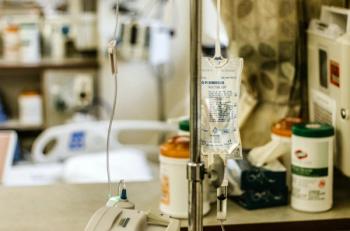
The antiviral is currently emergency authorized for treatment of severe COVID-19.

A breakdown of how COVID-19 infection was not managed well in hospitals and ICUs early on.
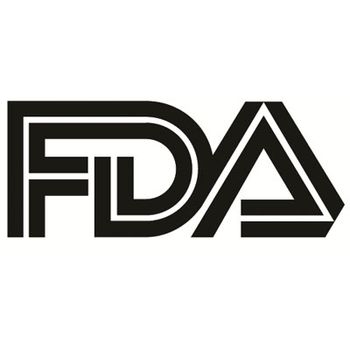
The clearance for the phase 2 preventive trial will seek the oral antiviral's benefit in elderly care facilities.

The authorization is for an amplicon-based next-generation sequencing test from Helix.
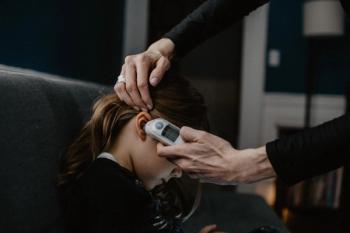
New joint data from the American Academy of Pediatrics and Children's Hospital Association shows 3 states make up one-fourth of all pediatric cases.

The live attenuated intranasal pertussis vaccine, BPZE1, may protect against disease and asymptomatic infection and transmission.

The island country of 5 million declared the pandemic over in approximately 100 days. A team of clinicians explain the decision-making and rationale which drove their successes.
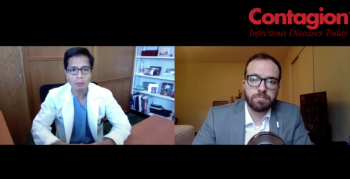
A Harvard professor and study author discusses new findings showing the heightened risk of healthcare worker infection.

The FDA has continued taking various hand sanitizers contaminated with methanol off the market.
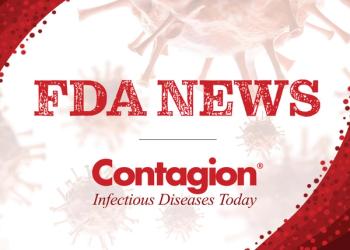
Also featuring the latest FDA and global drug development pipeline news.

Raj Bhopal, BSc MD, MPH, addresses the nuances of competing ethical priorities societies face amid COVID-19, alongside political battles and terms like “herd immunity.”

David Ho, MD, shares insight into the public and scientific health shortcomings which burdened the nation back in March.
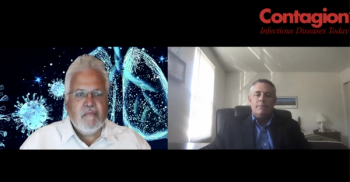
RLF-100 is an investigational therapy granted an FDA IND this week and looks to treat moderate and severe cases of COVID-19.